Looking Beyond the Headlines to 2024 with our Investment Framework
Risk is both a feature and a bug of investing. That means the most critical way you can empower yourself to make smarter financial decisions (and...
1 min read
 Chris McAlpin
:
Feb 19, 2024 3:10:19 PM
Chris McAlpin
:
Feb 19, 2024 3:10:19 PM
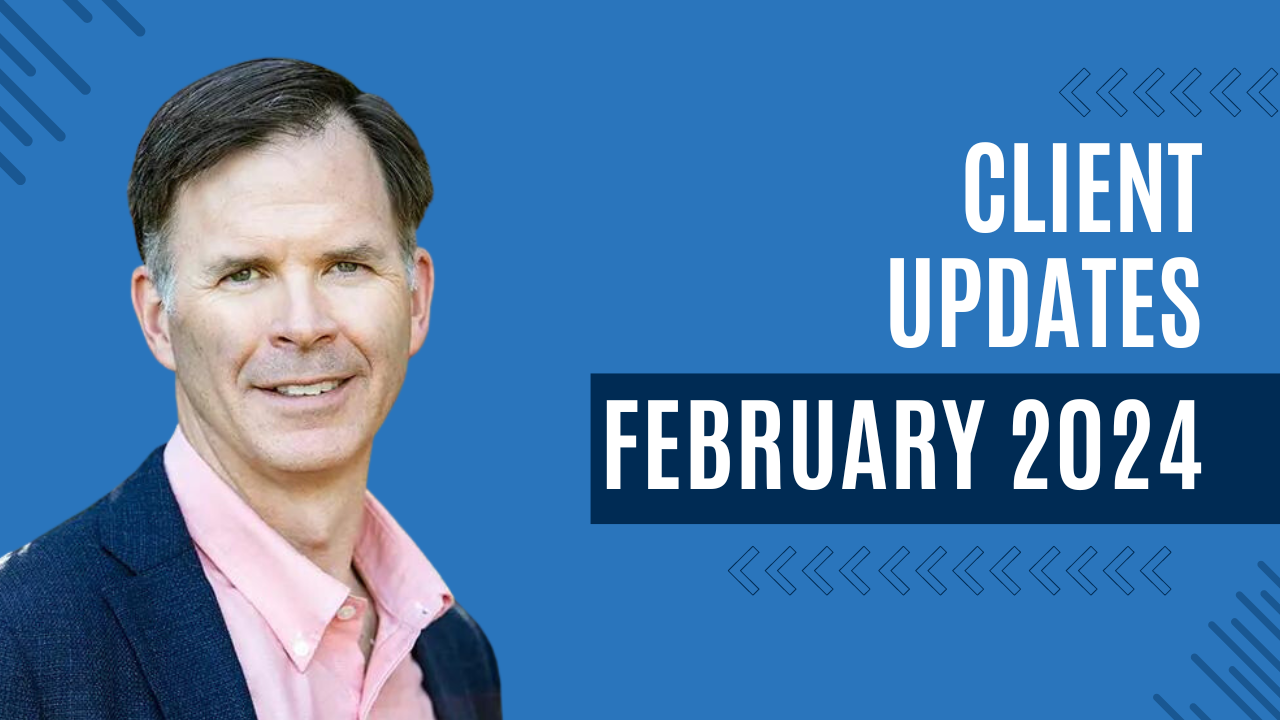
This is the precise question we answered earlier this week, during our monthly client presentation. During this conversation, our lead investment strategist, Clint Sorenson, shared our structured Investment Framework — a set of defined rules and fact-based decision-making processes we follow to make portfolio decisions. Clint is the author of this four-part framework, and we've studied it, tested it, and refined it over the years.
As a result, we've become fluent in this framework, and it is simple and straightforward to us. However, we know it may seem like Greek to those who do not have the same familiarity with it.
I mean, c'mon now! How many people talk about "mean reversion" on a daily basis? Total nerdom, folks!
To help you begin your own path toward fluency in the Sound FSG and WealthShield Investment Framework, here are the Cliff's Notes of the four steps in our process:
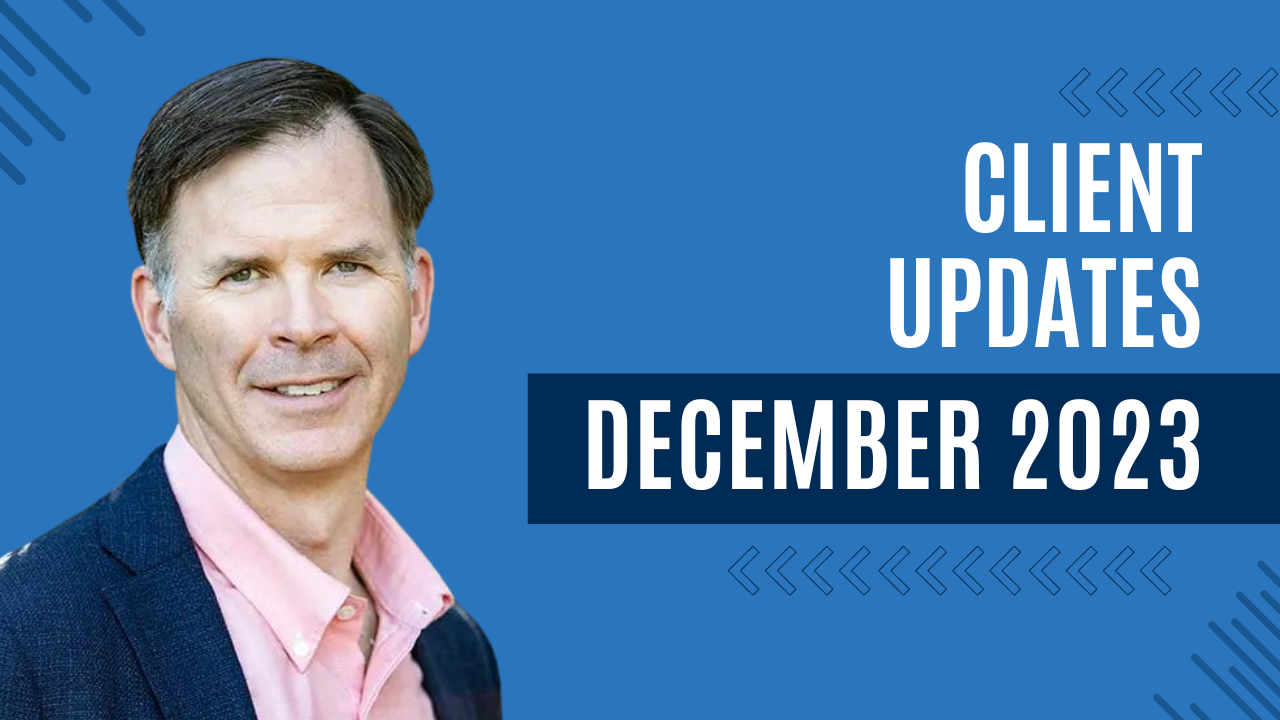
Risk is both a feature and a bug of investing. That means the most critical way you can empower yourself to make smarter financial decisions (and...

Understanding where we are in the market cycle is key to making sound investment decisions. At Sound Financial Strategies Group, we take a...
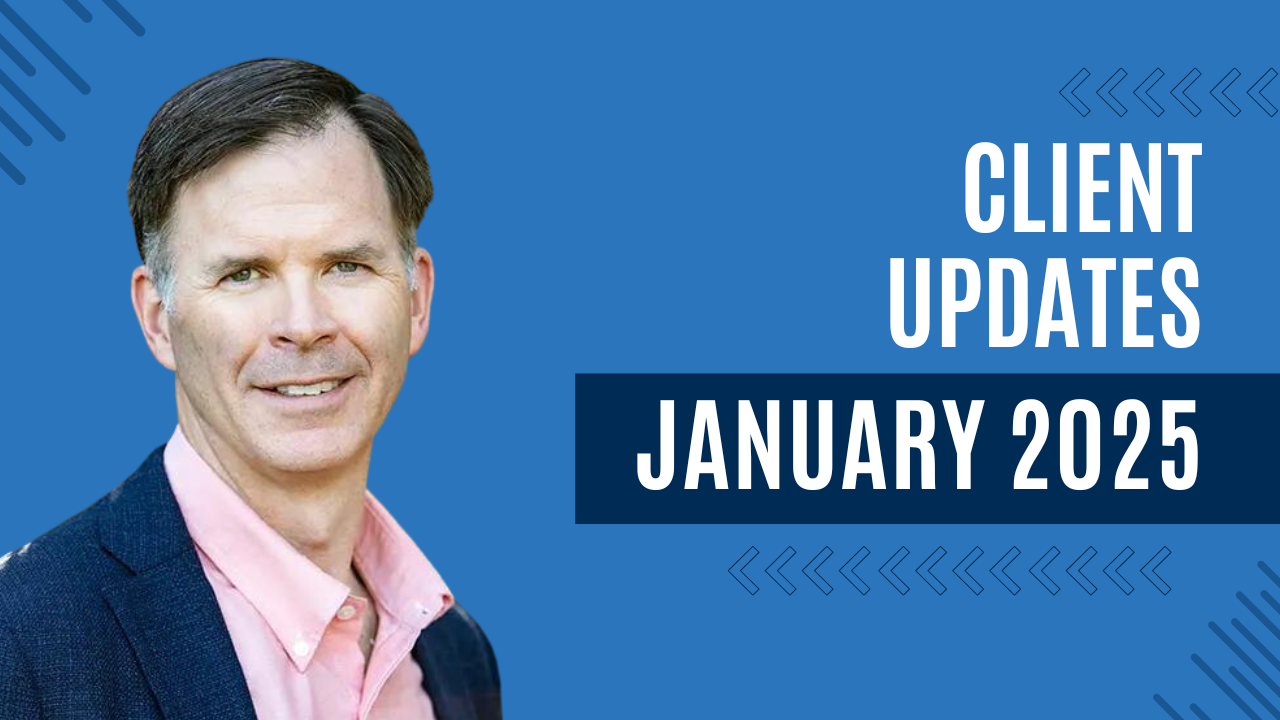
As we enter 2025, the economic landscape continues to evolve, shaped by three powerful and interlocking megatrends: Deglobalization, Decentralization...

In this month’s client presentation, we’re taking a look at the markets in general, as well as our investment framework — the framework by which we...
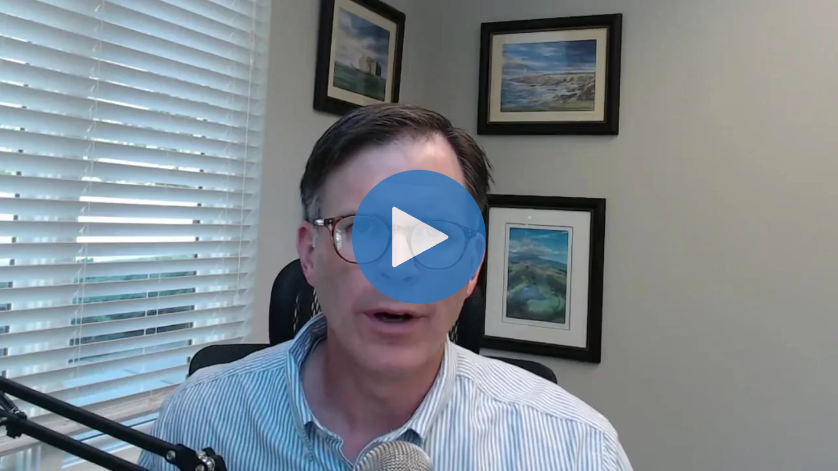
{% video_player "embed_player" overrideable=False, type='hsvideo2', hide_playlist=True, viral_sharing=False, embed_button=False, autoplay=False,...
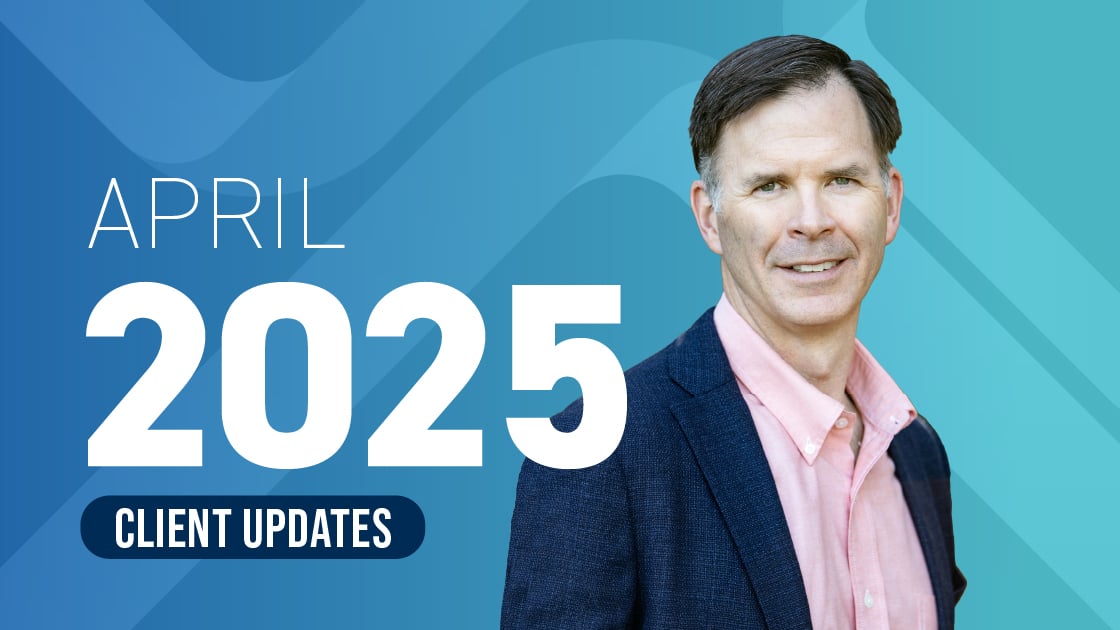
Stocks Suffer Biggest One-Day Wipeout in Value Since March 2020 is the headline of the Wall Street Journal at the end of the day on April 4, 2025....